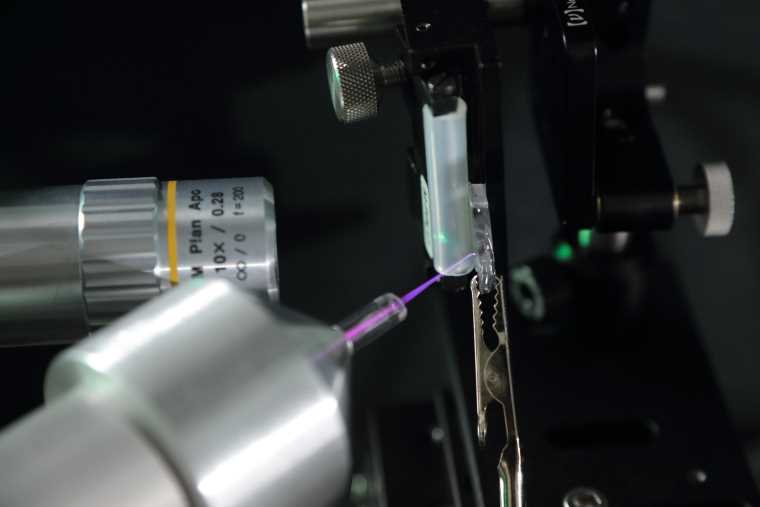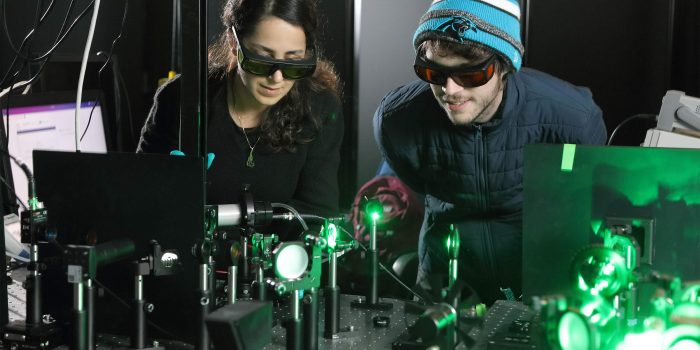Imagine a “freeze ray” straight out of a superhero movie, capable of instantly freezing things at a distance. Well, a professor at the University of Virginia has taken inspiration from the notorious ice-loving villain, Mr. Freeze, from the “Batman” series, and created a device that resembles this fantastical concept. However, before you envision scenes from the movies, let’s delve into the real science behind this invention.

Meet Patrick Hopkins, a mechanical and aerospace engineering professor at the University of Virginia, who embarked on a quest to find innovative ways to keep electronics cool in space-bound crafts and high-altitude aircraft. His ingenious solution has garnered attention and even earned him a substantial $750,000 grant from the US Air Force.
“That’s the primary problem right now,” he said in a statement about the research. “A lot of electronics on board heat up, but they have no way to cool down.”
At its core, Hopkins’ invention is a miniature plasma laser. Now, you might be wondering how lasers and freezing come together. It’s a bit counterintuitive but stick with me. Unlike freezing temperatures that cause things to become icy, the concept here is to use plasma to cool surfaces by striking them. This might sound perplexing, but it’s rooted in a peculiar property of plasma—the “fourth state of matter.”

When the plasma jet, akin to a laser beam or lightning bolt, swiftly impacts a surface, it manages to cool the surface before subsequently heating it up. Think of it as a swift, cold touch before a warm sensation. In prior experiments, Hopkins and his team observed a purple plasma jet cooling down a gold-plated surface before heating it back up—a puzzling yet consistent outcome.
How does this cooling effect occur? The researchers suggest that the plasma jet is essentially removing a tiny layer from the surface it strikes, comparable to how your skin cools down as the water evaporates after a swim. This innovative approach has shown promising results, with surface temperatures dropping by several degrees in mere microseconds using the plasma jet.
This discovery has exciting implications, particularly for outer space and high-altitude environments where traditional cooling methods are limited. In such challenging conditions, where conventional coolants would add unnecessary weight and reduce efficiency, Hopkins’ plasma laser emerges as a groundbreaking solution to maintain optimal operating temperatures.
“Evaporation of water molecules on the body requires energy; it takes energy from body, and that’s why you feel cold,” Hopkins explained in the statement. “In this case, the plasma rips off the absorbed species, energy is released, and that’s what cools.”
In essence, while the concept might evoke images of freeze rays and superhero battles, the real-world application revolves around advanced cooling techniques for cutting-edge technology. Patrick Hopkins’ innovative approach, fueled by inspiration from fictional villains, could potentially revolutionize cooling systems in extreme environments, ushering in a new era of electronic efficiency and space exploration.


